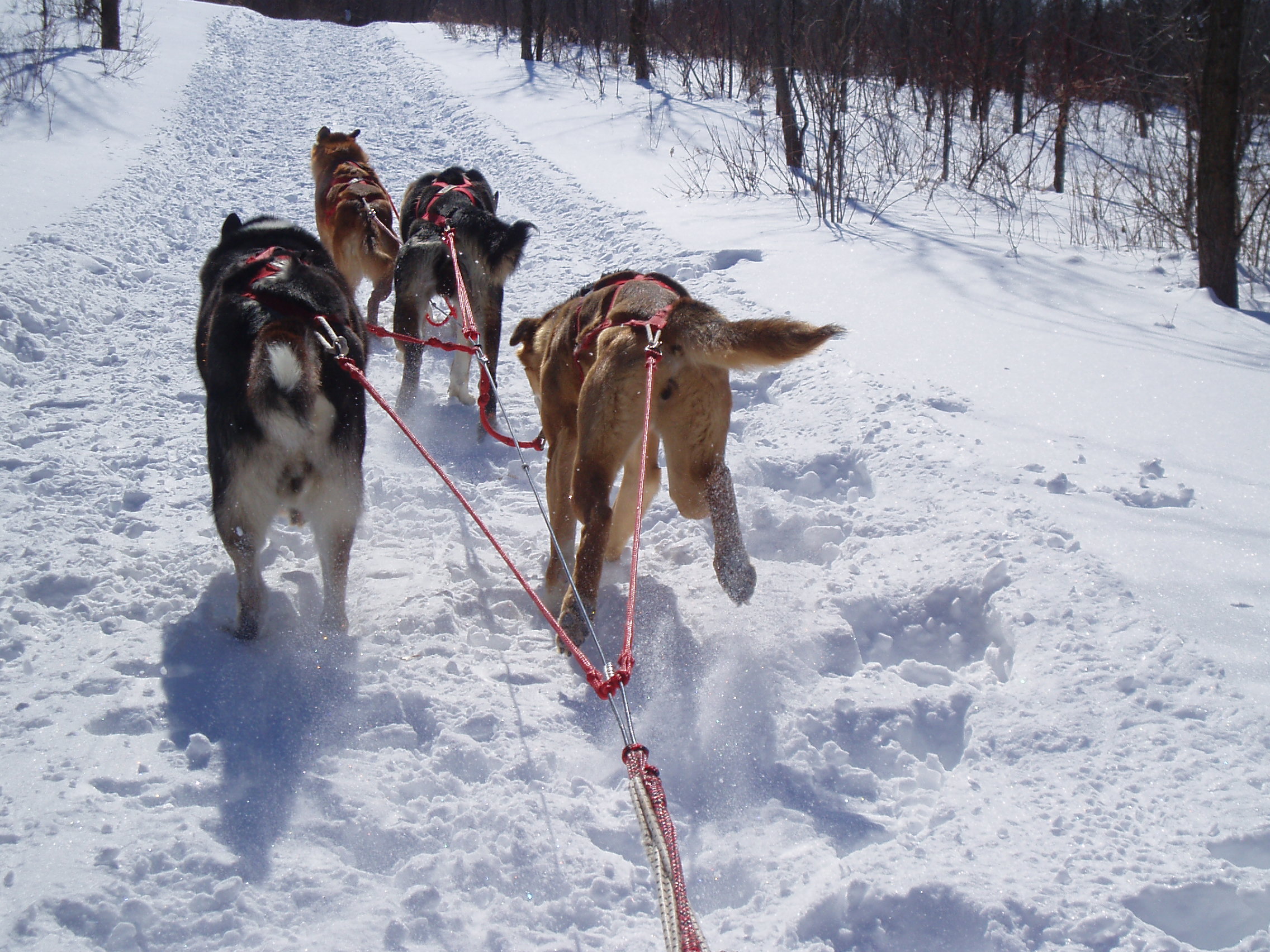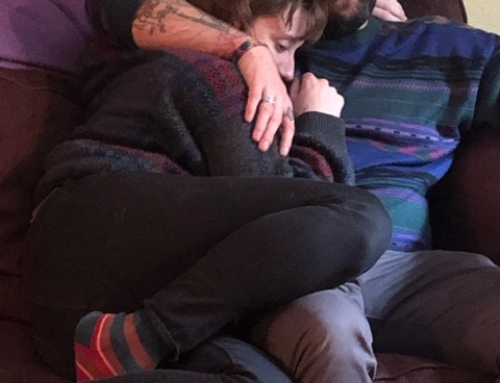7/38/55
Does that ratio ring any bells? You’ve probably heard it before, but it is worth bringing back to our awareness. 7/38/55 represents the ways people perceive communication.
7% is what we say. // 38% is how we say. // 55% is body language.
What’s hopeful about this ratio is that we have the ability to influence each of these factors.
If you have pets or very young children, you already know this. The words we use have a lot less impact than the tone of our voice and the smile-or frown-on our face, for example.
Most especially in a work setting, we can get pretty caught up in our words, often taking a good bit of time to prepare what we are going to say, be that to an individual, a team, or perhaps a large group. But we often forget to even consider the other two significantly more influential factors.
I am most interested in the 38%. How we say: our tone, our intention. When you drive a dog team, the way you get your dogs to go left, right, or ‘please don’t chase that bunny,’ is through voice commands. There are no reins. You just hang on to the sled, say your lead dog’s names to get their attention, and give them the command (haw means left, gee means right).
If I ask my lead dog, Scrapper, to go “haw” with an uptick of a question in my voice, what she hears is uncertainty, a lack of confidence, and may well ignore me or take matters into her own paws.
If, instead, I say her name confidently, give her the “haw” command in an enthusiastic way, she is far more likely to go the direction I am asking her to go. I don’t need to yell at her, she can hear me just fine. The point is, in giving that command, my intention is to convey my confidence in her, to reinforce our connection, and share in the joy of the run with her.
Taking this back to a work setting, there is great value in remembering that intention is everything. Consider your hopes in terms of the outcome of the communication. Try to line up with the best of intentions regarding the person or group as well as the conversation. See if you can really connect, rather than just convey information.
- Consider your words, of course.
- Hold your intention. What kind of connection do you have with this person or group? What kind of connection do you want to have? Are you looking forward to the conversation? Able for it? If not, see if you can find something positive about the person, group, or topic before you begin the conversation.
- Get into your body (clues that you aren’t currently “in there” include a lack of awareness of yourself, your surroundings, or your senses; shoulders up by your ears; holding tension; not feeling ‘yourself’). Take some deep breaths before you begin. Check yourself from time to time. Open your arms. Be expansive.
Intention goes both directions. Even if it really doesn’t go the way you’d hoped, if your intention is on point, there is often a good bit of grace. Communication is an art. Wild communication— having the courage to bring the gift of all of who we are to all of what we do – is the craft.








